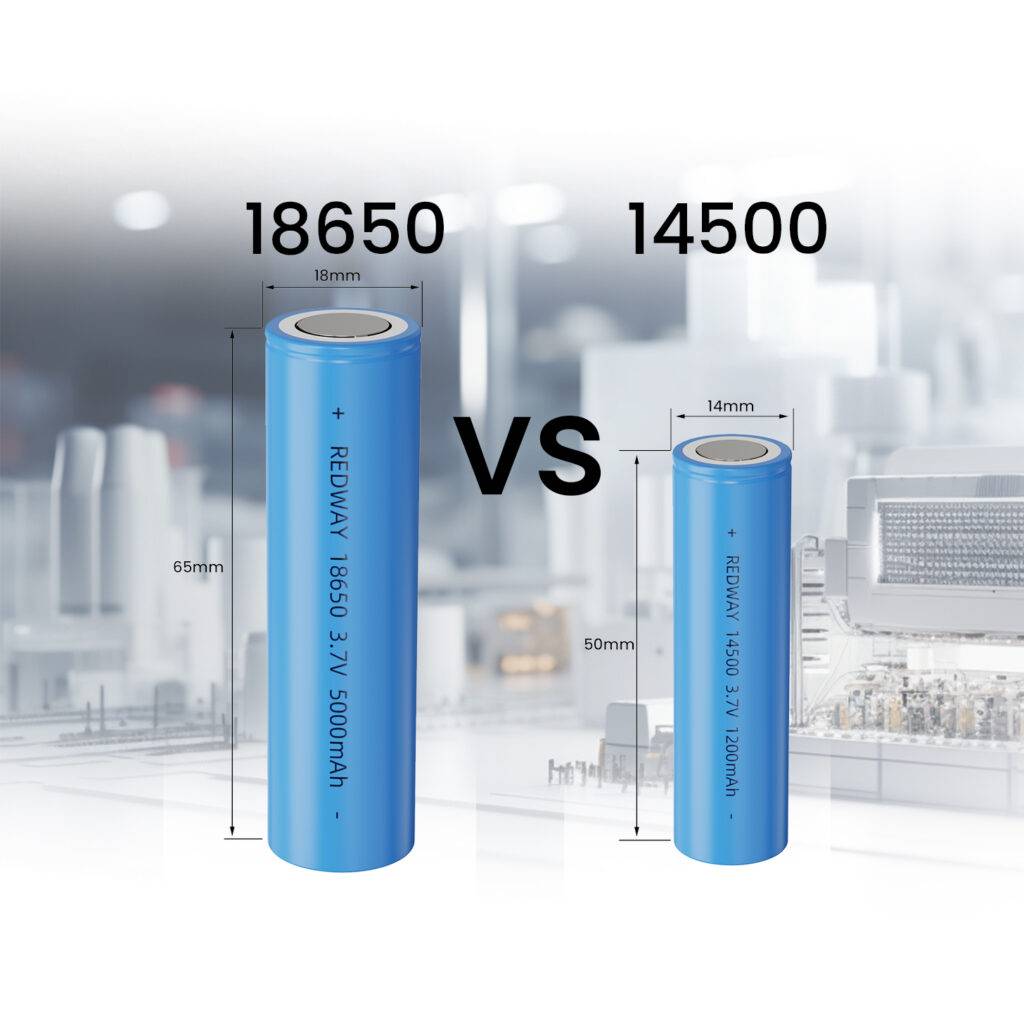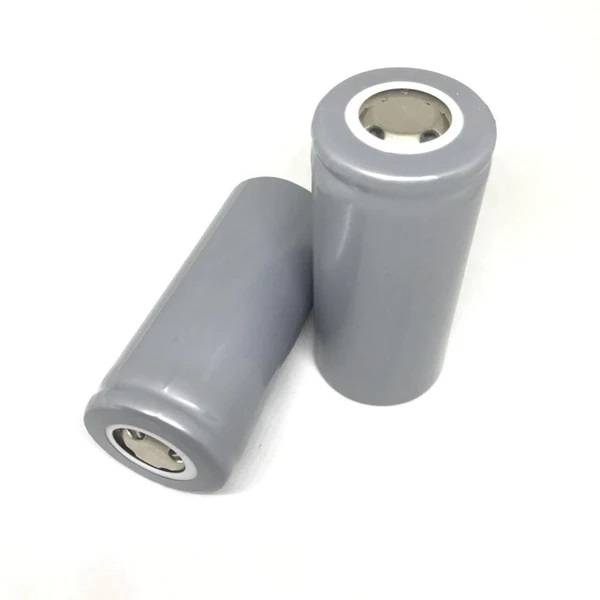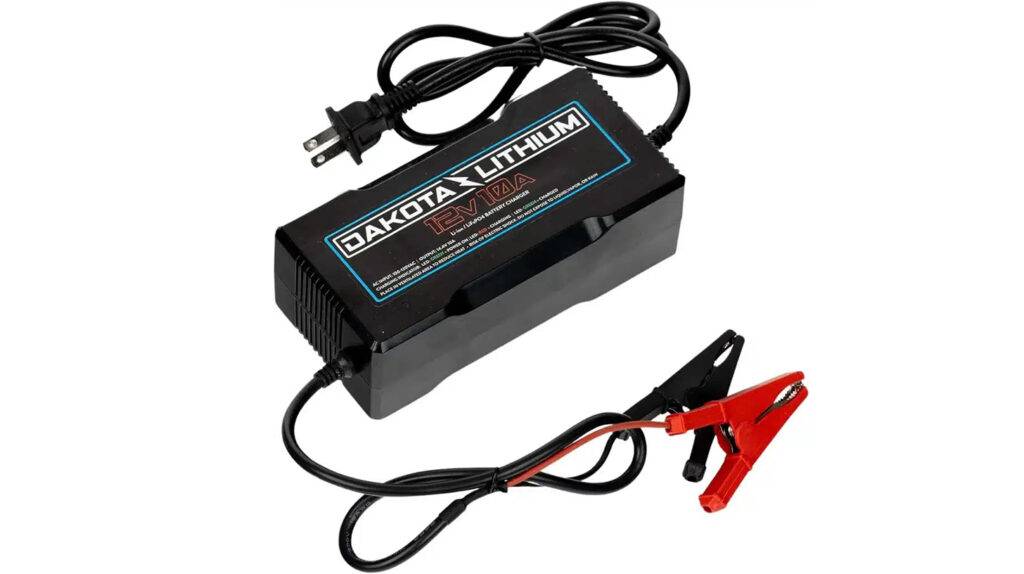Get ready to explore the world of battery technology as we delve into the crucial differences between lithium-ion and lead-acid batteries. This blog post focuses on the potential dangers of charging LiFePO4 batteries with an alternator, providing essential tips for maintaining battery health. Let’s kickstart this journey into efficient and secure battery charging!

#post_seo_title
Understanding the Differences Between Lithium-Ion and Lead-Acid Batteries
Navigating battery options involves understanding the characteristics of lithium-ion and lead-acid batteries:
-
Lithium-Ion Batteries: Known for high energy density and longevity, these are prevalent in devices like smartphones and electric vehicles. Lithium-ion batteries maintain consistent voltage output, ensuring reliable power until near-empty levels.
-
Lead-Acid Batteries: Long-standing and robust, lead-acid batteries are common in automotive applications. They require regular maintenance, offering durability and the ability to deliver high currents. However, they lack the maintenance-free feature of lithium-ion batteries.
-
Charging Characteristics: Lithium-ion batteries tolerate higher charge rates without significant negative effects, providing an advantage over lead-acid batteries. Understanding these differences is vital for choosing the right battery for specific applications, ensuring optimal performance and longevity.
The Potential Dangers of Charging LiFePO4 Batteries with an Alternator
Charging LiFePO4 batteries using an alternator presents risks that demand attention:
-
Incorrect Voltage and Current: Alternators designed for lead-acid batteries may not deliver the precise voltage and current needed, risking overcharging or undercharging. This can significantly shorten the battery lifespan and cause irreversible damage.
-
Temperature Concerns: LiFePO4 batteries require specific temperature conditions for optimal charging. Alternators lack built-in temperature monitoring, increasing the risk of overheating during charging, potentially leading to thermal runaway or fire hazards.
-
Multi-Battery Impact: Alternators often charge multiple batteries simultaneously. If one battery becomes faulty during charging, it can affect all connected batteries, compounding the risk.
To mitigate these dangers, use dedicated lithium chargers with proper voltage regulation and regularly monitor temperature levels during charging for safe and efficient LiFePO4 battery use.
Tips for Safely Charging a LiFePO4 Battery with an Alternator
Charging a LiFePO4 battery with an alternator requires careful consideration. Here are key tips to ensure a safe process:
-
Equip Properly: Use a battery isolator or separator to regulate the charge between the alternator and LiFePO4 battery. Having the right equipment is essential for a safe charging setup.
-
Correct Installation: Follow manufacturer instructions precisely when installing the equipment. Ensure all connections are secure and well-insulated to prevent electrical issues and potential battery damage.
-
Monitor Carefully: Keep a close eye on voltage levels during charging for both the alternator and LiFePO4 battery. Any irregularities could indicate a problem with the charging system or the battery itself.
-
Prevent Overcharging: Unlike lead-acid batteries, LiFePO4 batteries need precise voltage regulation. Use a smart charger or regulator designed for lithium batteries to avoid overcharging and ensure safe and efficient charging.
Implement additional safety measures such as fuses or circuit breakers for unexpected power surges or short circuits. Following these tips ensures a secure charging process without compromising the components involved.
Alternative Charging Methods for LiFePO4 Batteries
Charging LiFePO4 batteries with an alternator can pose risks, but safer alternatives exist. Consider these options:
-
Solar Power: Utilize solar panels on your vehicle or portable chargers to harness clean solar energy, providing a reliable and eco-friendly charge for LiFePO4 batteries.
-
AC Charger: Use a LiFePO4-specific AC charger when connected to shore power or a generator. These chargers ensure a controlled and regulated charging process, enhancing battery safety and longevity.
-
Battery Management System (BMS): Employ a BMS as an intelligent controller to monitor and manage the LiFePO4 battery charging process. It prevents overcharging, discharging, and safeguards against potential risks.
Always adhere to manufacturer guidelines for safe charging practices, optimizing LiFePO4 battery performance and lifespan while minimizing hazards.







